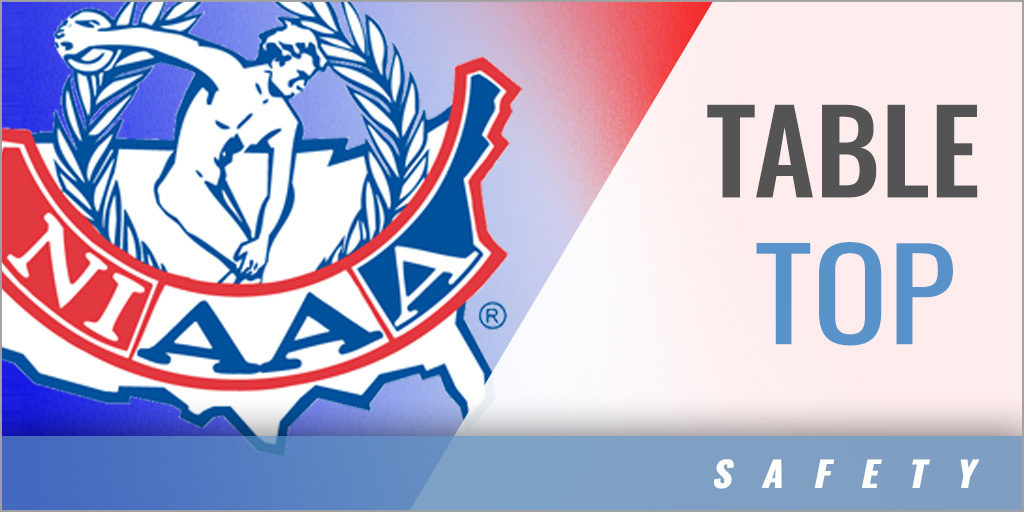
More from ADInsider View all from ADInsider

The Gift of Time with Todd Gulluscio, CMAA – Shelter Island Unified School District (NY)

Ethics in Interscholastic Athletic Administration with Marc Haught, CMAA – KIAAA

4 Es of Impact and Influence with Reid McFadden, CMAA – Currey Ingram Academy (TN)




